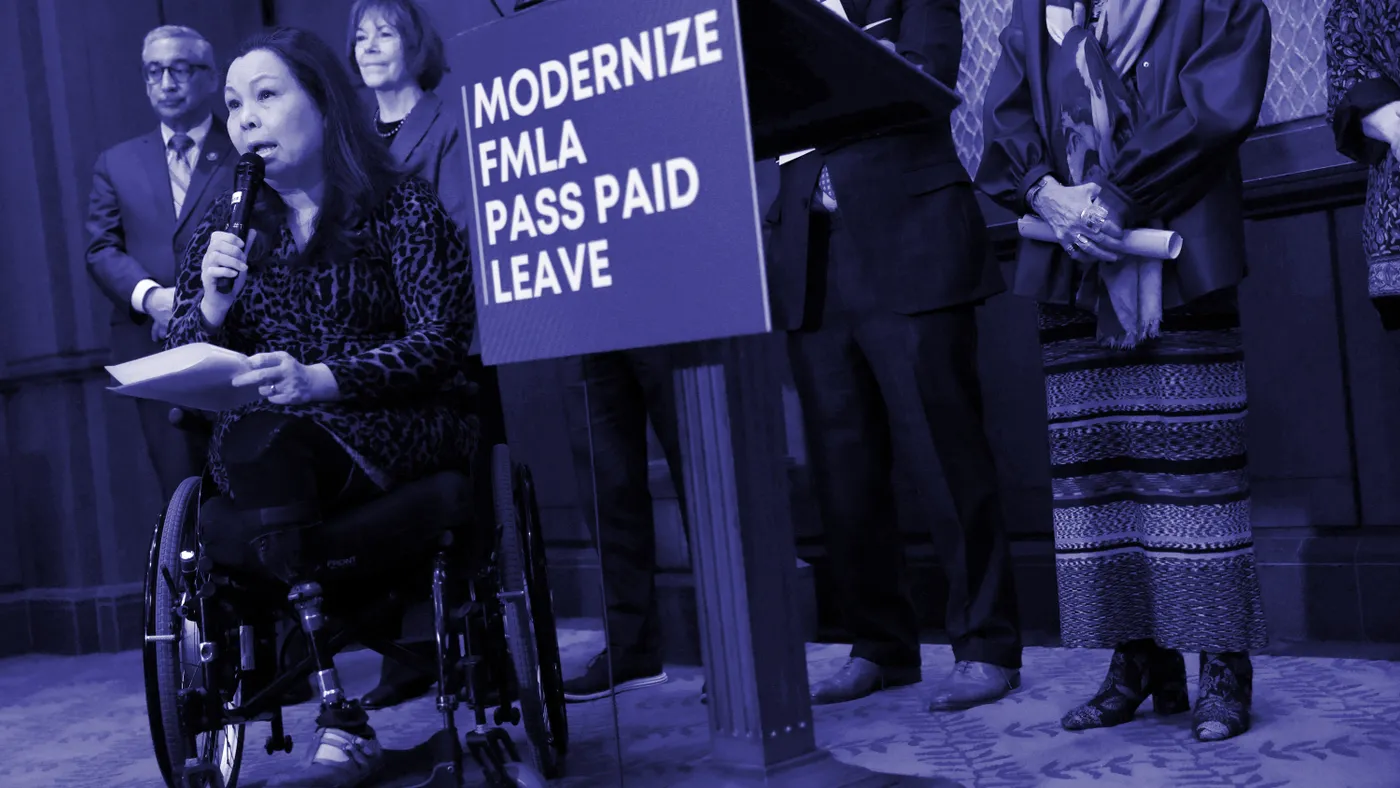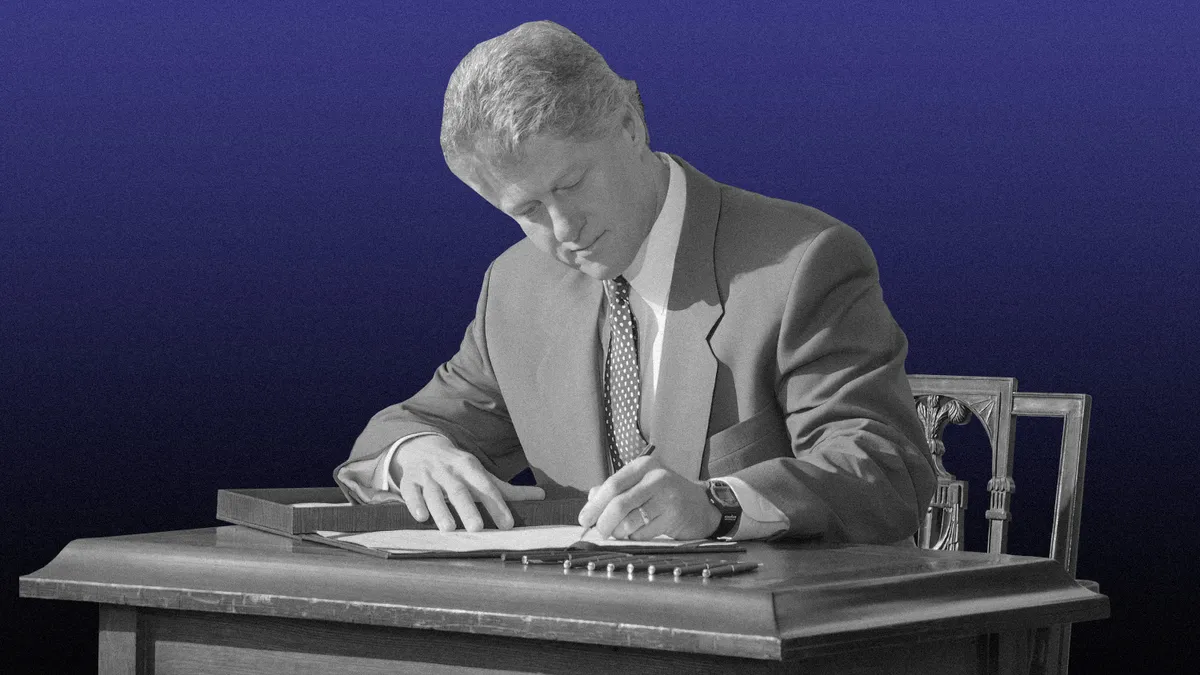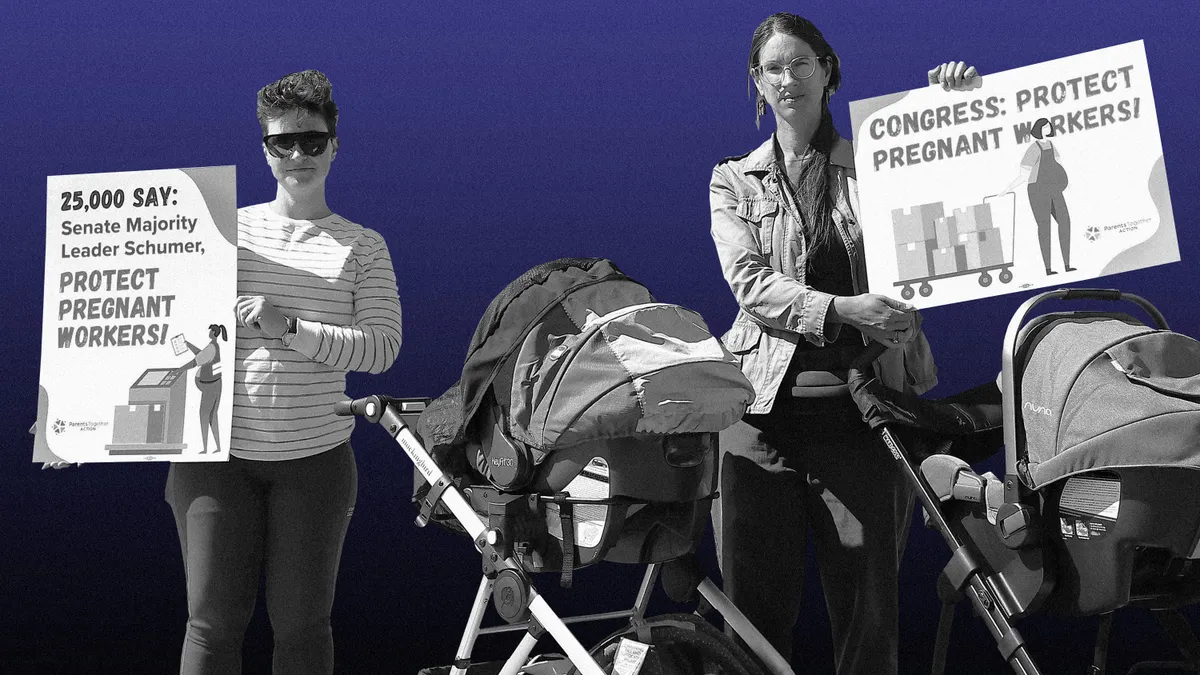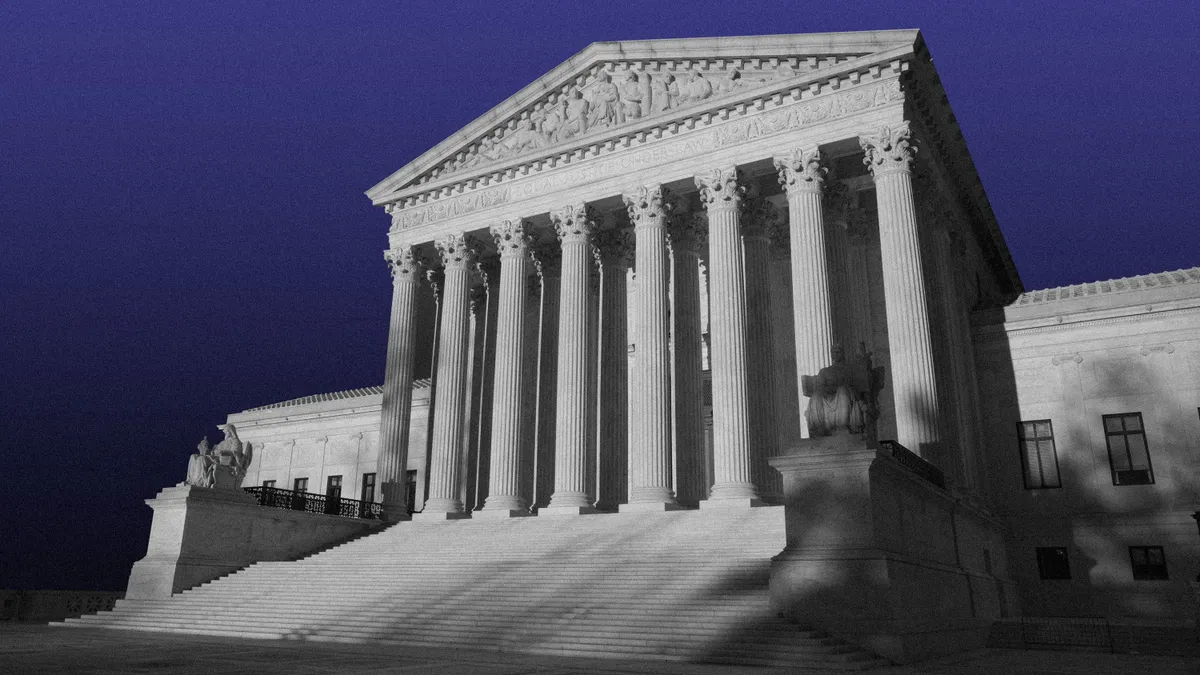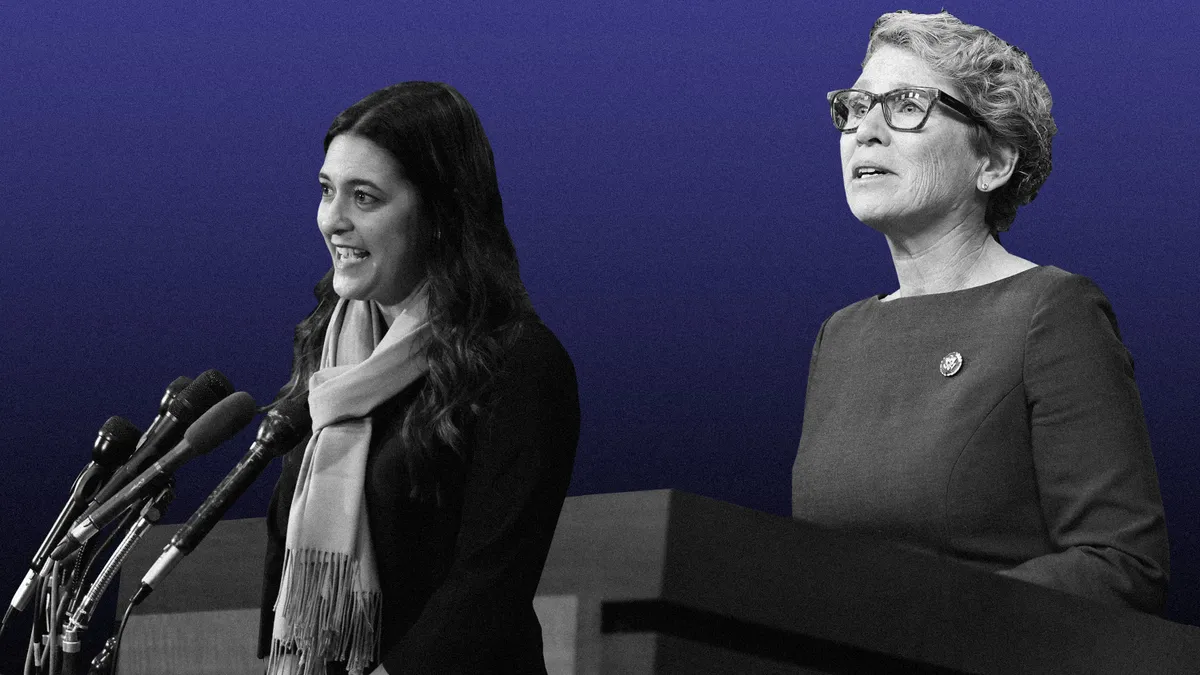The Family and Medical Leave Act — a historic piece of legislation that guarantees 12 weeks of unpaid, job-protected leave annually for certain employees — turned 30 years old last month.
The federal government marked the anniversary at a few events, including one hosted by the U.S. Department of Labor that featured a range of prominent speakers, including outgoing Secretary of Labor Marty Walsh and his newly nominated replacement, Deputy Secretary of Labor Julie Su; Second Gentleman Douglas Emhoff; and Principal Deputy Administrator of DOL’s Wage and Hour Division Jessica Looman.
FMLA leave has been granted more than 500 million times since the law was enacted, Walsh said at the event. “It shows that this law ... was and still is badly needed,” he said. “It makes a real difference.”
During the past month, HR Dive dug into the FMLA’s history and future, looking at how the law emerged, what court cases have helped interpret it, how it can be distinguished from one of the newest protections on the books — the Pregnant Workers Fairness Act — and whether a federal paid leave law might eventually render it moot. In case you missed it, see our full coverage below.


